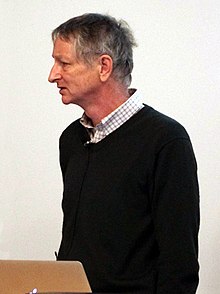Trong thời gian vừa qua, tôi bắt đầu học Deep learning, hướng đi mới của trí tuệ nhận tạo (AI) trong thập kỷ vừa qua.
Với kinh nghiệm tự học và làm các projects AI ứng dụng trong ngoại ngữ cùng nền tảng nhiều năm kinh nghiệm trong ngành IT, tôi nghĩ mình có thể chia sẻ một số trải nghiệm để giúp các bạn đang có ý định bắt đầu lập trình AI có thể thấy được một lộ trình học rõ ràng hơn và qua đó tạo ra động lực để giúp bạn bắt đầu.
Continue reading Hướng dẫn học lập trình trí tuệ nhân tạo (AI) cho người mới bắt đầu





